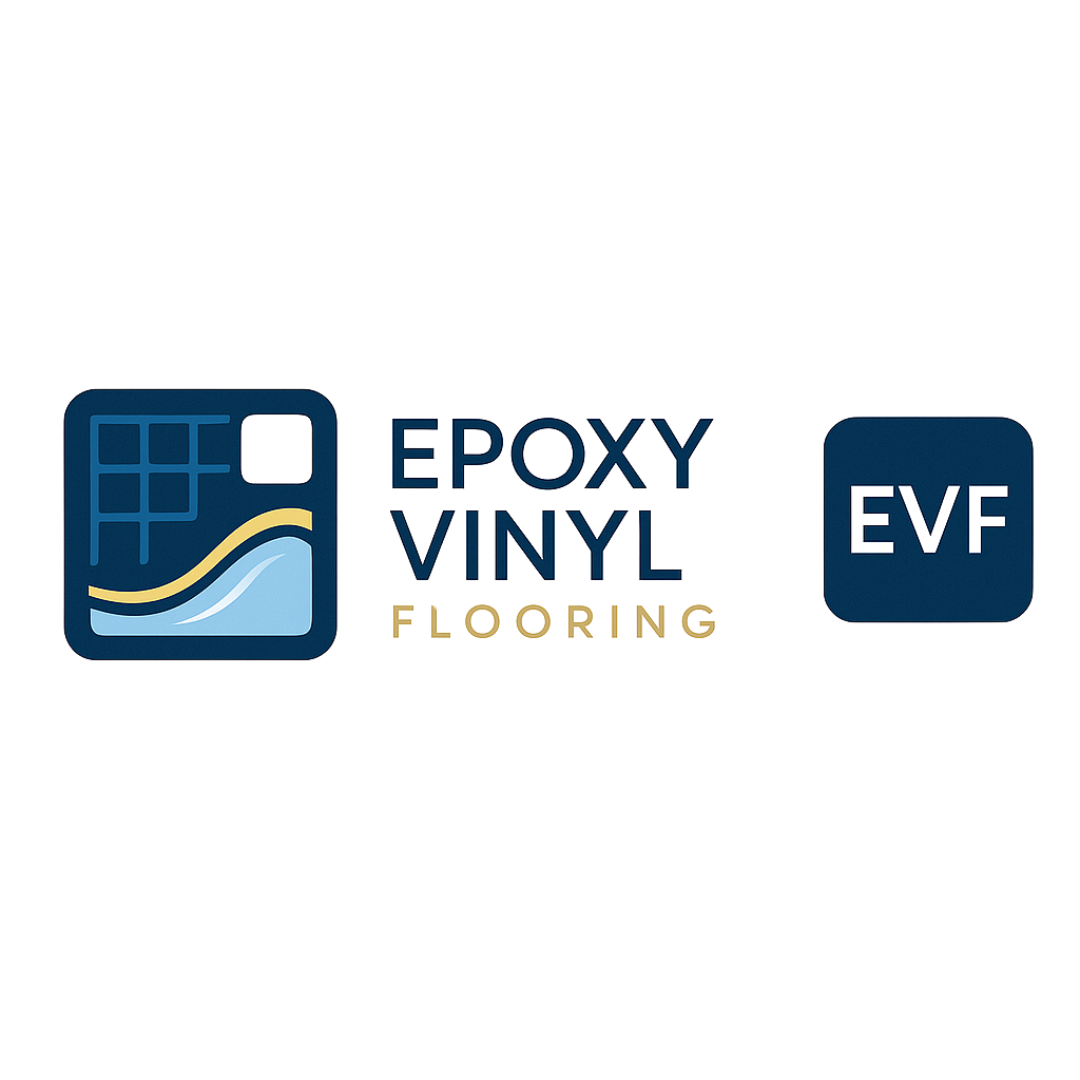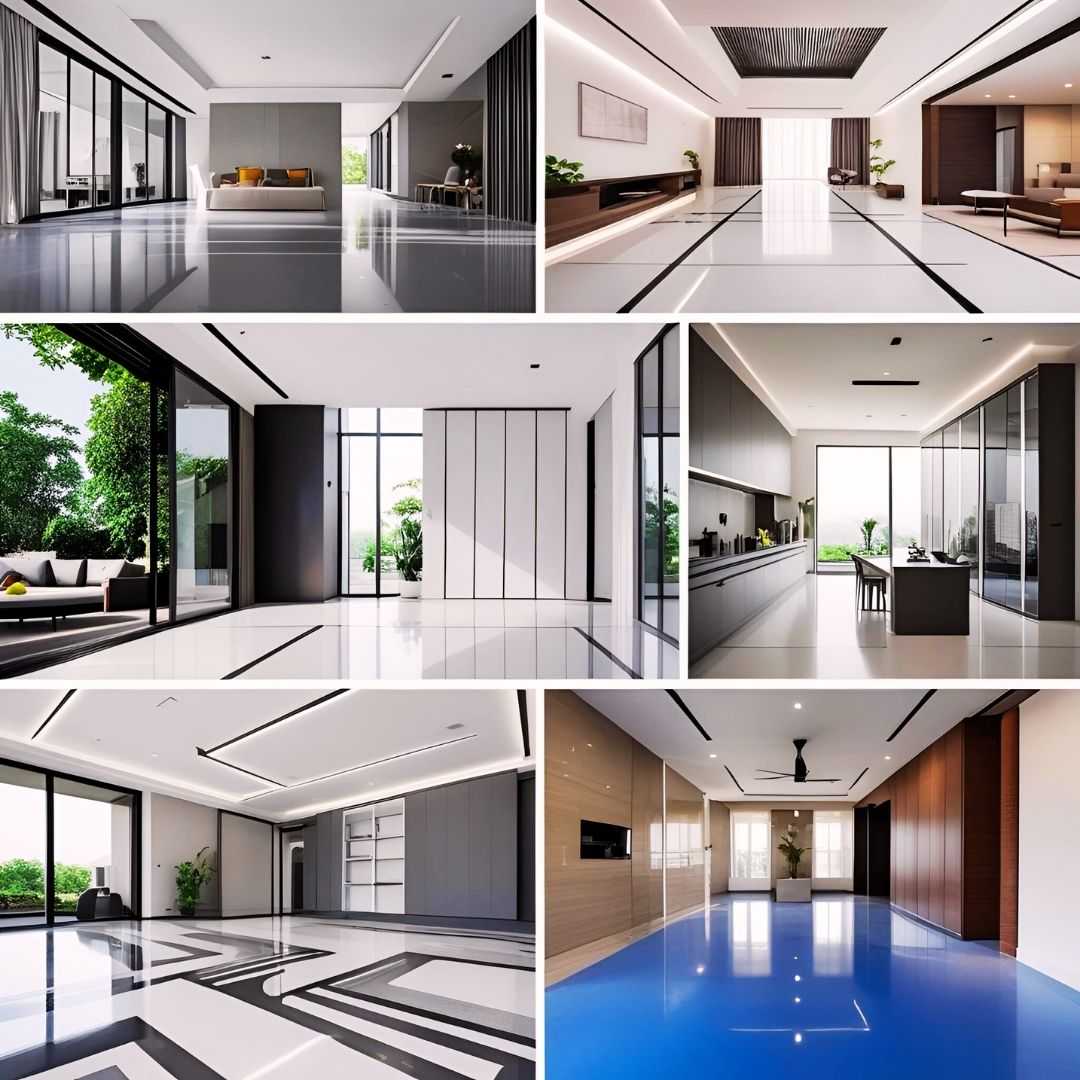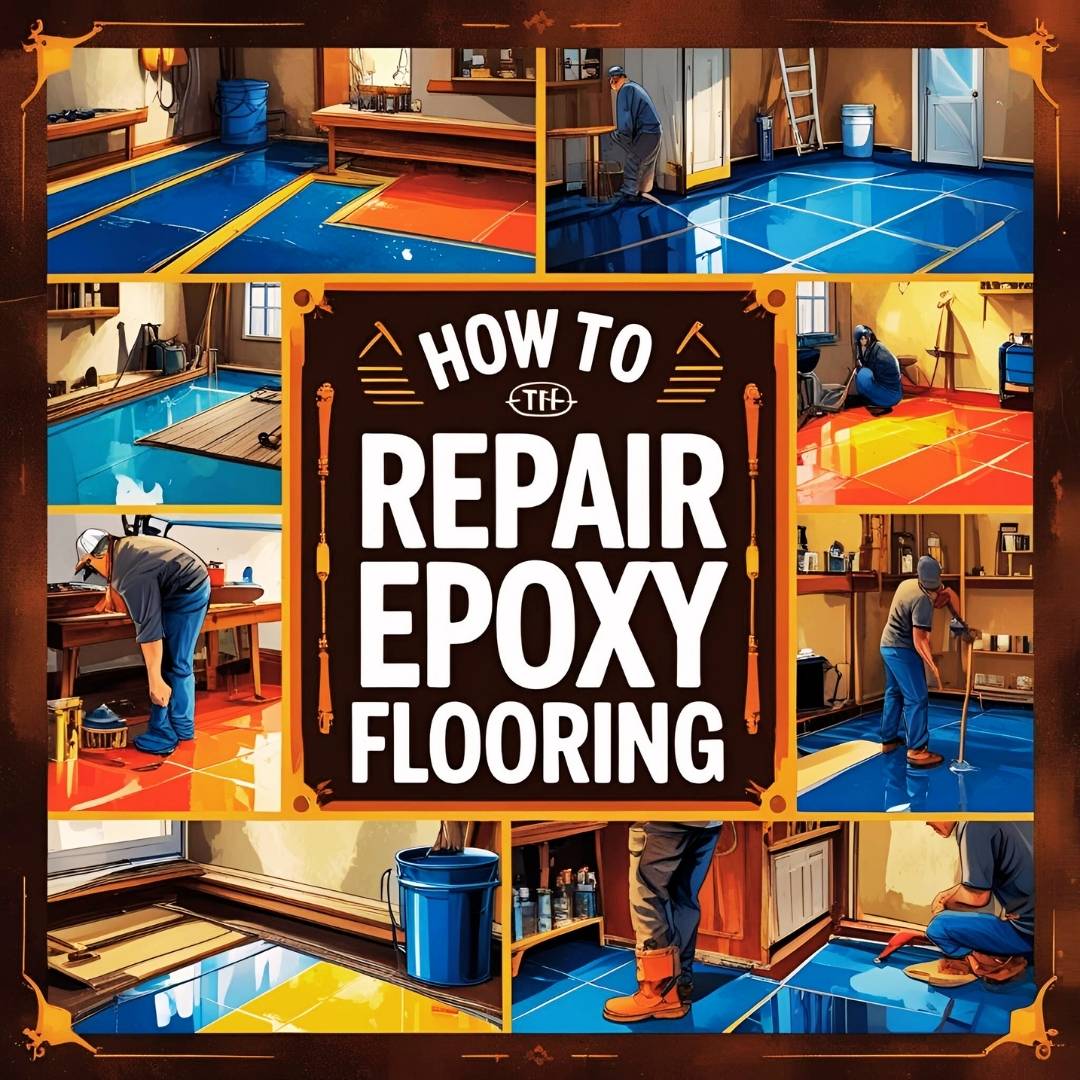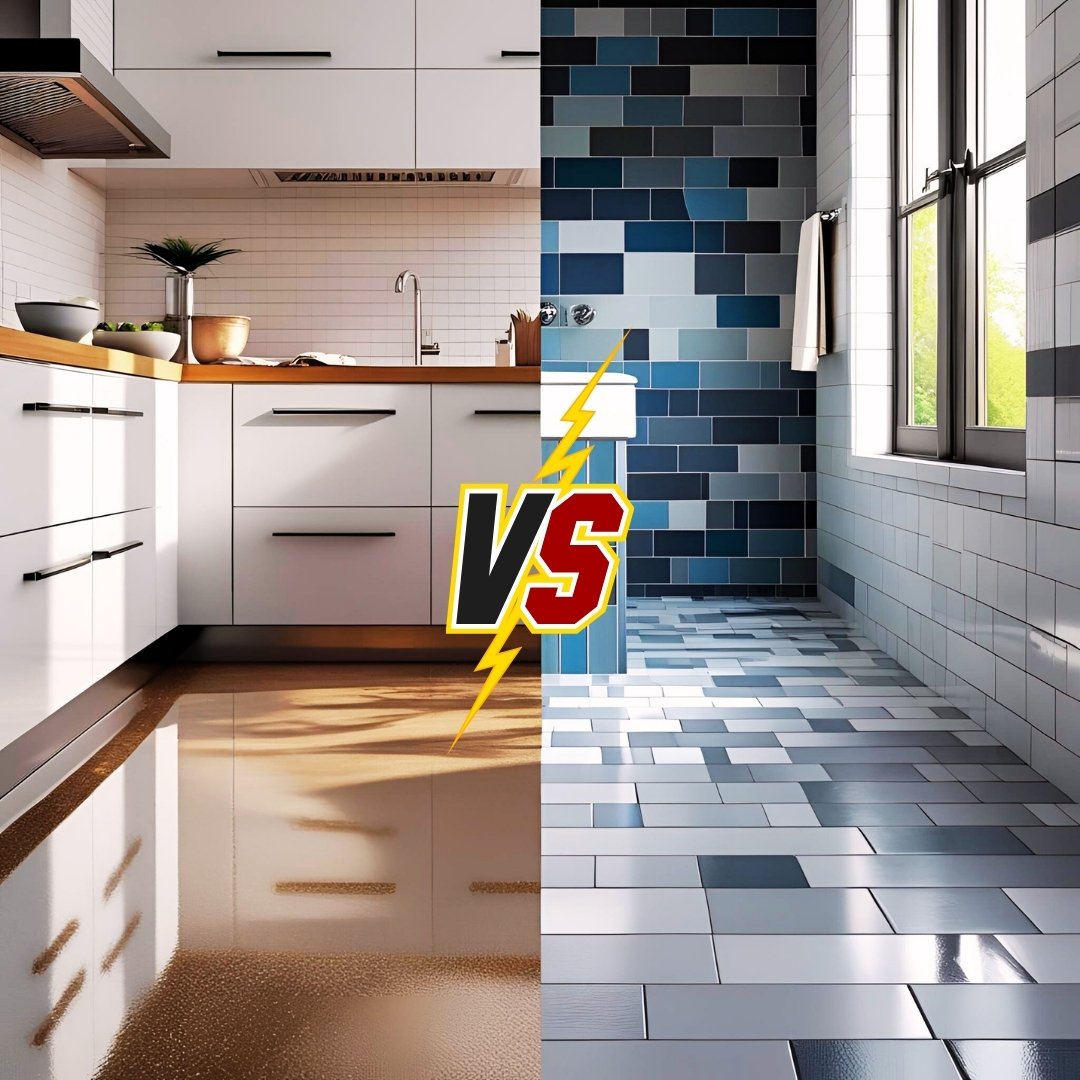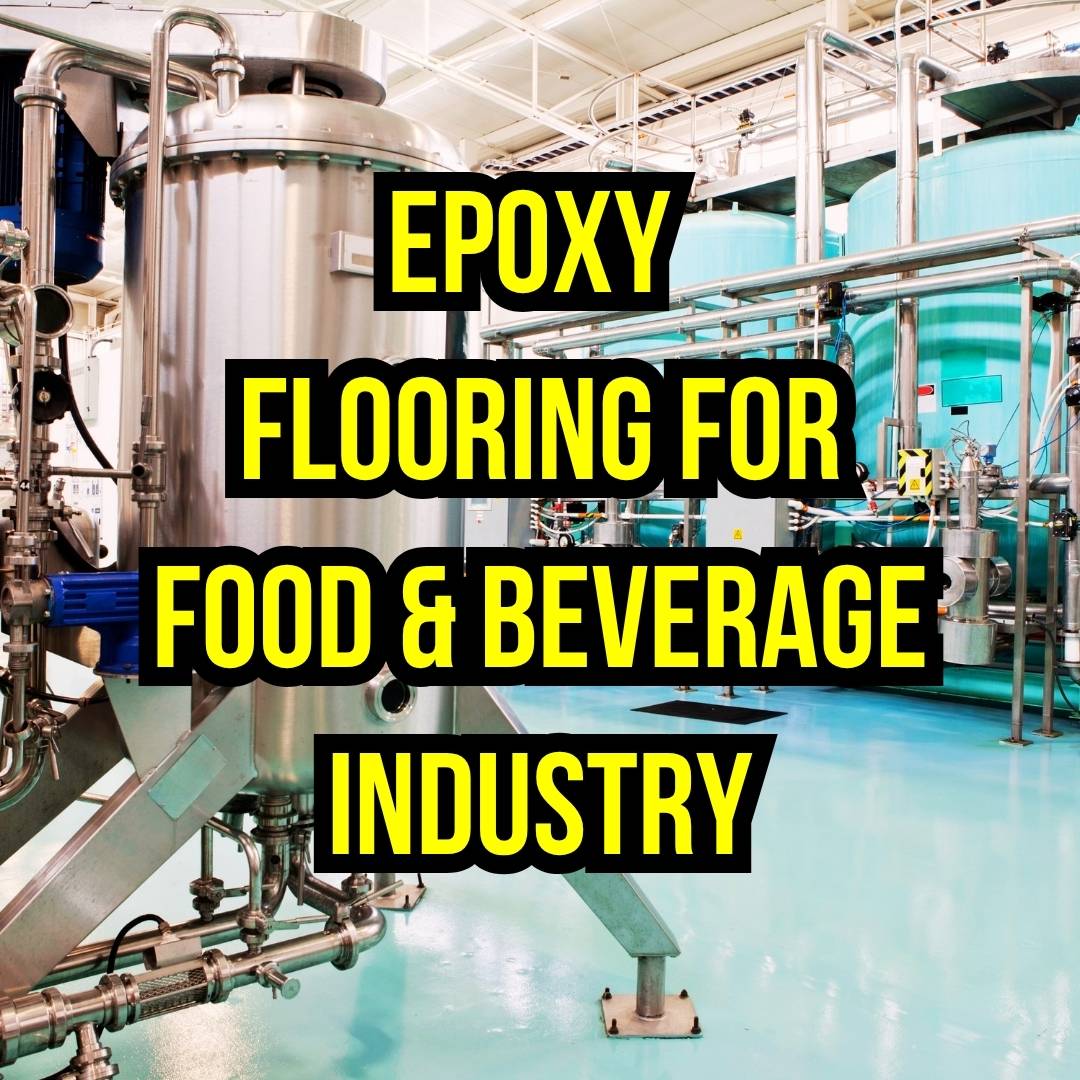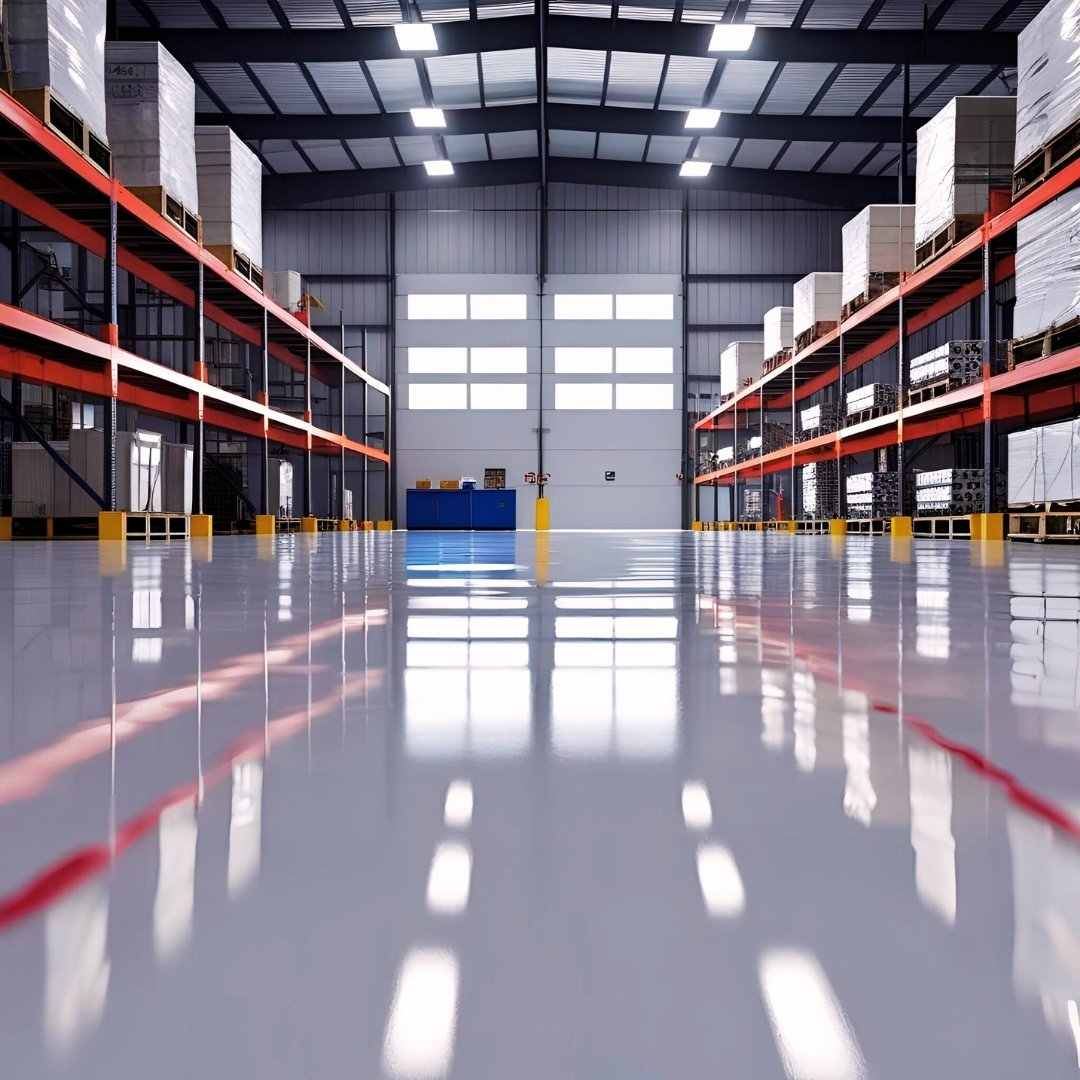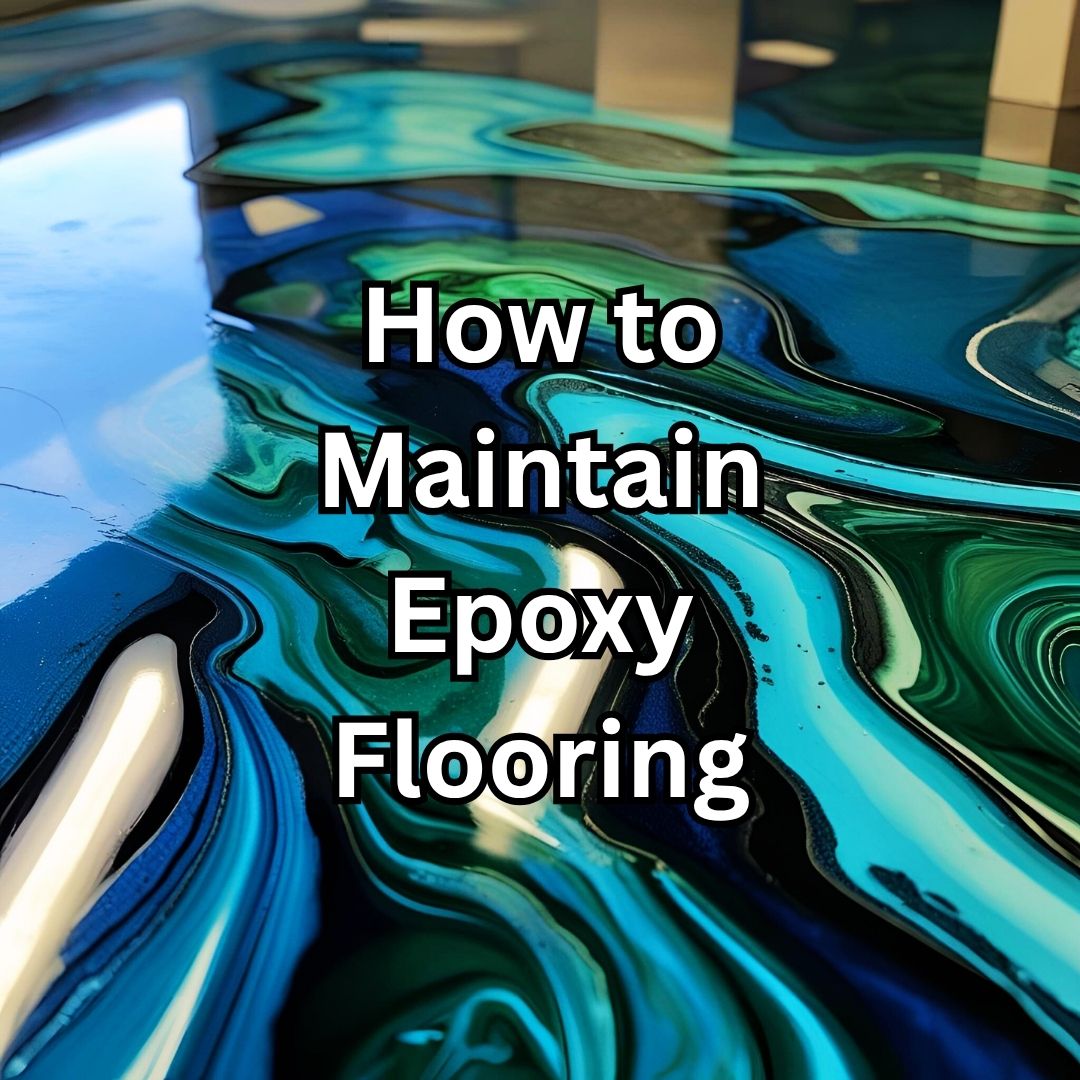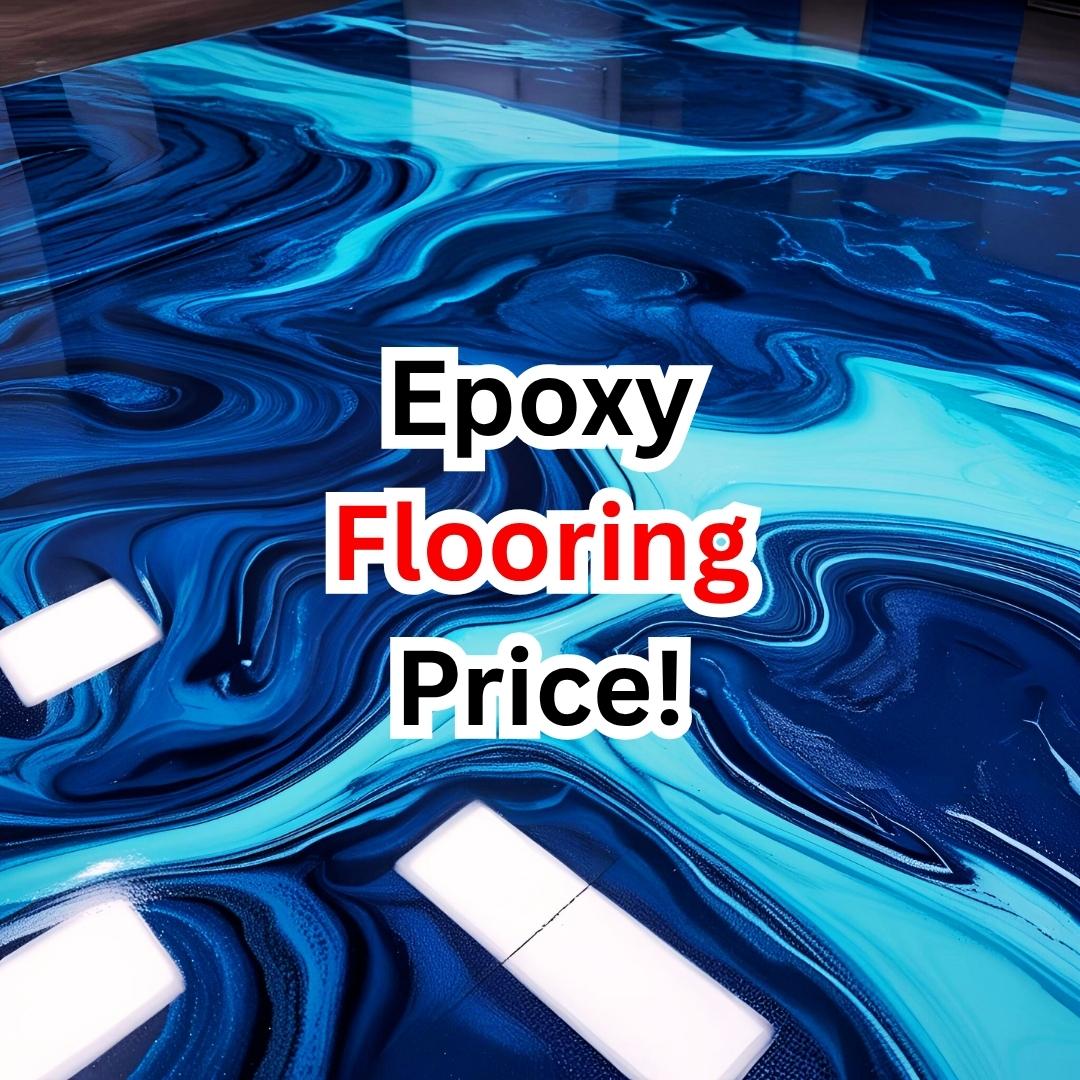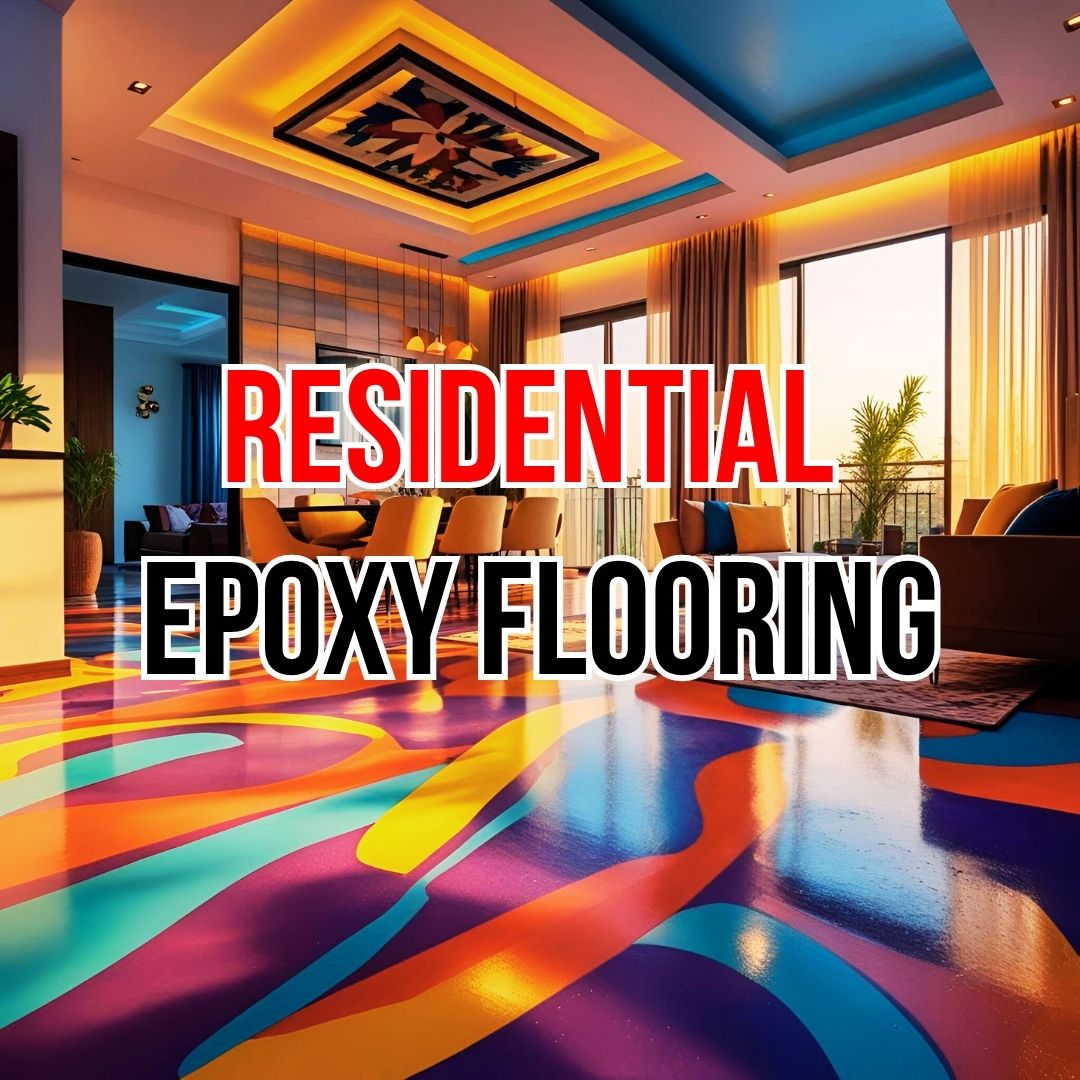
As an expert with years of hands-on experience in installing epoxy flooring across Ahmedabad’s bustling industrial zones and residential spaces, I’ve seen firsthand how flooring choices impact our environment. Ahmedabad, with its hot, dry climate and rapid urban growth, faces unique challenges like dust pollution from areas such as Vatva and Naroda GIDC, and water scarcity that affects everything from homes in Satellite to factories in Changodar. In this article, we’ll explore how epoxy flooring offers eco-friendly solutions tailored to these local realities, helping businesses and homeowners reduce their carbon footprint while enjoying durable, low-maintenance surfaces.
Backed by AUM Industries, a trusted leader in cleanroom and critical infrastructure solutions, we at Epoxy Vinyl Flooring specialize in delivering high-quality epoxy installations that align with sustainability goals. Whether you’re a pharma QA team in Sarkhej or a homeowner in Vastrapur, understanding these benefits can guide smarter decisions.
Understanding Epoxy Flooring: A Sustainable Foundation
Epoxy flooring is a seamless, resin-based system applied over concrete to create a tough, glossy surface. It’s made from epoxy resin and a hardener that chemically bond to form a protective layer. Unlike traditional tiles, which require grout and frequent replacements, epoxy is self-leveling, meaning it flows evenly for a smooth finish without joints that trap dirt.
In Ahmedabad’s context, where industrial hubs like Odhav GIDC deal with heavy machinery and chemical spills, epoxy stands out for its resilience. For homes in areas like Bopal or Maninagar, it’s an aesthetic upgrade that’s easy to clean. But what truly sets it apart environmentally? Let’s dive deeper.
Ahmedabad’s Environmental Landscape: Why Flooring Matters
Ahmedabad’s growth as a pharma and manufacturing powerhouse brings environmental pressures. Industrial areas such as Vatva and Naroda contribute to air and water pollution, with factories releasing volatile organic compounds (VOCs) and generating waste. Residential zones like Naranpura and Navarangpura face dust from construction, exacerbated by the city’s arid weather.
Flooring plays a subtle yet significant role here. Traditional options like cement or tiles often crack under Gujarat’s temperature fluctuations, leading to frequent repairs that consume resources. Epoxy flooring, however, minimizes these issues by offering longevity and efficiency, directly supporting local sustainability efforts aligned with standards from bodies like the Bureau of Indian Standards (BIS).
Key Environmental Benefits of Epoxy Flooring
Epoxy flooring isn’t just tough—it’s a green choice that reduces environmental impact across its lifecycle. Here’s how it benefits Ahmedabad’s diverse sectors, from pharma cleanrooms in Changodar to warehouses in Aslali.
Durability That Cuts Down on Waste
One of epoxy’s standout features is its exceptional lifespan. How long does epoxy flooring last? In high-traffic areas like a food processing unit in Kathwada or a hospital in Ellis Bridge, it can endure 10-20 years with proper care, far outpacing tiles that might need replacement every 5-7 years.
This durability means fewer raw materials are used over time. Imagine a warehouse in Vatva GIDC: Instead of discarding old tiles and grout waste, epoxy’s seamless application reduces landfill contributions. For Ahmedabad’s industries, this translates to lower operational disruptions and less construction debris polluting local waterways.
Low VOC Emissions for Cleaner Air
Volatile organic compounds are a big concern in enclosed spaces, especially in pharma labs in Naroda where air quality is critical for compliance with WHO-GMP guidelines. Modern epoxy formulations are low-VOC or even zero-VOC, releasing minimal harmful fumes during application and use.
In Ahmedabad’s hot climate, where indoor air can trap pollutants, this is crucial. Homes in Shahibaug or offices in CG Road benefit from healthier indoor environments, reducing the need for energy-intensive air purification systems. We’ve installed such systems in IVF labs in Memnagar, ensuring they meet NABH standards for patient safety while keeping emissions low.
Energy Efficiency Through Reflective Surfaces
Epoxy’s glossy finish reflects light, brightening spaces naturally. In energy-conscious Ahmedabad, where summers push AC usage in areas like Thaltej, this can cut lighting needs by up to 30%. For cold storage warehouses in Sarkhej Gandhinagar Highway, epoxy’s thermal insulation properties help maintain stable temperatures, lowering energy bills.
This reflective quality also aids in heat dissipation, vital for electronics facilities in Odhav. By choosing epoxy, facility managers in Gota or Rakhial can contribute to Gujarat’s renewable energy goals, making their operations more sustainable.
Reduced Water Usage in Maintenance
Ahmedabad’s water scarcity is no secret, with localities like Isanpur and Juhapura often facing shortages. Epoxy flooring is non-porous, resisting stains and requiring minimal water for cleaning—just a damp mop suffices, unlike tiles that need scrubbing and chemicals.
In food and beverage units in Khokhara, this prevents chemical runoff into drains, protecting local ecosystems. Homeowners in Vastral appreciate the ease, saving water while maintaining hygiene without harsh cleaners that could harm the environment.
Recyclability and Material Efficiency
Epoxy uses fewer resources in production compared to mining-intensive tiles. At end-of-life, it can often be recycled or overlaid, avoiding complete tear-outs. In industrial revamps in Bavla or Moraiya, this means less demolition waste.
We source epoxy flooring materials that prioritize eco-friendly resins, ensuring installations in pharma plants like those in Santej align with global sustainability trends. This approach not only conserves resources but also positions Ahmedabad businesses as environmentally responsible.
Epoxy Flooring in Ahmedabad’s Key Industries
Ahmedabad’s industrial backbone, especially pharma, demands flooring that supports clean, green operations. In Changodar, home to giants like Aurobindo Pharma, epoxy ensures sterile environments with minimal environmental toll. Its chemical resistance prevents leaks that could contaminate soil, a risk in chemical factories in Vatva.
For hospitals and modular OTs in Paldi or Shah Alam Road, epoxy meets NABH accreditation by providing seamless, antimicrobial surfaces that reduce infection risks without excessive sanitizers. In electronics plants in Narol, it controls static, protecting sensitive equipment while being dust-free.
Warehouse managers in Asarwa or CTM value epoxy for its load-bearing strength, ideal for heavy pallets without the cracking that leads to repairs and waste. Even in residential projects in Bodakdev, epoxy flooring for homes offers an eco-upgrade, blending style with sustainability.
If you’re exploring options, consider how epoxy compares to vinyl flooring—both offer benefits, but epoxy excels in high-impact areas. For more on maintenance, check our guide on maintaining epoxy floors.
Epoxy vs. Traditional Flooring: A Green Comparison
When deciding between epoxy flooring vs tiles, which is better for the environment? Tiles, common in Ahmedabad homes in Ranip or Sabarmati, involve resource-heavy production and generate dust during installation. Epoxy, applied as a liquid, minimizes airborne particles.
Cost-wise, epoxy flooring vs tiles in India shows epoxy as more economical long-term. Initial epoxy flooring cost might be higher, but savings on repairs make it worthwhile. In Gujarat’s context, epoxy’s adaptability to uneven subfloors reduces prep work, conserving energy.
For warehouses, vinyl flooring offers flexibility, but epoxy’s superior durability wins for heavy-duty use in GIDC estates. Both are waterproof, but epoxy’s seamless nature prevents mold, a plus in humid post-monsoon Ahmedabad.
Cost and Implementation Insights for Local Projects
Wondering about epoxy flooring cost in Ahmedabad? Prices range from ₹150–₹300 per sq. ft., varying by thickness, design, and site specifics like in Jodhpur or Meghani Nagar. Factors include surface preparation and custom additives for anti-slip in rainy seasons.
For a 1,000 sq. ft. pharma cleanroom in Dholka, costs lean towards the higher end for specialized formulations. Homes in Gurukul might start lower for basic residential epoxy flooring. Always factor in long-term savings—epoxy’s low maintenance can recoup investments quickly.
Ready for a tailored quote? Contact us today to discuss your project in areas like Nikol or Nirnay Nagar.
Real-World Applications in Ahmedabad
In a recent project at a cosmetic factory in Bhat, we installed epoxy to replace worn tiles, reducing waste by 40% through overlaying. The client, compliant with BIS quality standards, noted improved energy efficiency from the reflective surface.
Another example: An IVF lab in Vejalpur chose epoxy for its low-emission profile, ensuring a sterile, eco-friendly space. Homeowners in Ambawadi have shared how epoxy transformed garages into multifunctional areas, cutting cleaning water use amid local shortages.
These cases highlight epoxy’s versatility across B2B segments like turnkey cleanroom contractors in Sanand and B2C renovators in Usmanpura.
Frequently Asked Questions
Here are answers to common queries based on real searches from platforms like Google and Quora, tailored to Ahmedabad.
What is epoxy flooring and how is it done?
Epoxy flooring is a durable resin coating applied in layers: First, the surface is prepped by grinding, then primer, base coat, and topcoat are rolled on. In Ahmedabad’s dry weather, it cures quickly in 24-48 hours.
How long does epoxy flooring last in Ahmedabad’s climate?
With Gujarat’s heat and dust, quality epoxy lasts 10-20 years in homes or industries, resisting cracks better than tiles.
Is epoxy flooring good for homes in Ahmedabad?
Yes, it’s ideal for residential use in areas like Satellite, offering dust resistance and easy upkeep amid local pollution.
What is the cost of epoxy flooring per square foot in Gujarat?
It ranges ₹150–₹300 per sq. ft., depending on customization for projects in Vatva or Maninagar.
Which is better: epoxy flooring or tiles in India?
Epoxy edges out for durability and eco-benefits, especially in humid or industrial settings, with lower long-term costs.
How does epoxy flooring benefit the environment in industrial areas like Changodar?
It reduces VOCs, waste, and energy use, supporting pharma compliance and local sustainability.
Can epoxy flooring be installed near me in Ahmedabad suburbs like Bopal?
Absolutely—our team serves all localities, from Bopal to Thaltej, with site visits for accurate assessments.
For more FAQs, visit our dedicated page.
Embracing a Greener Future with Epoxy Flooring
Epoxy flooring emerges as a smart, sustainable choice for Ahmedabad, addressing environmental challenges while delivering performance. From reducing waste in Naroda’s pharma hubs to conserving water in Vastrapur homes, its benefits are clear and actionable.
As experts powered by AUM Industries, we’re committed to guiding you through eco-friendly flooring solutions. Whether for a cleanroom in Sarkhej or a home makeover in Ellis Bridge, let’s make your space greener.
Get in touch via email at amit@aumindustriesmfg.com or WhatsApp +91-9274313580. Located at World Trade Tower, A-617, Sarkhej-Gandhinagar Highway, Makarba, Ahmedabad, Gujarat 380051, India—we’re here to help.
For external insights, explore NABH guidelines on hospital flooring or WHO-GMP for pharma standards. Learn more about our backing at AUM Industries.

